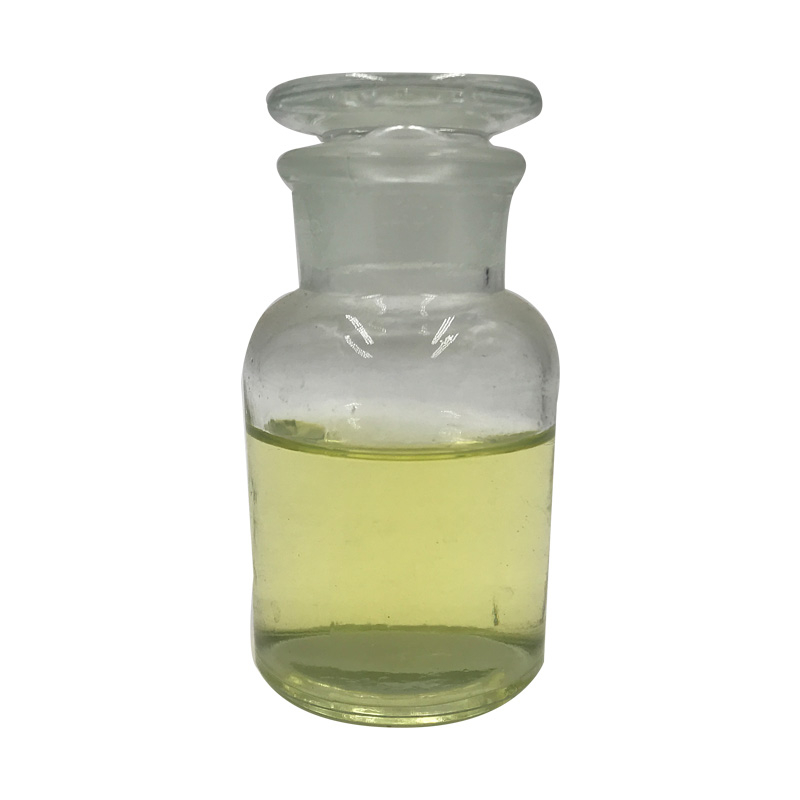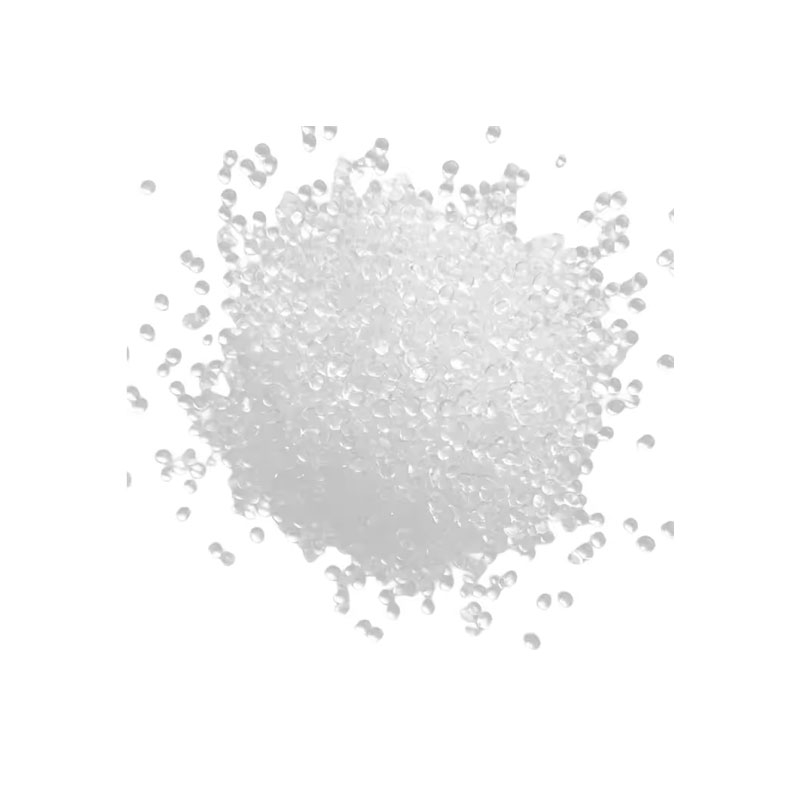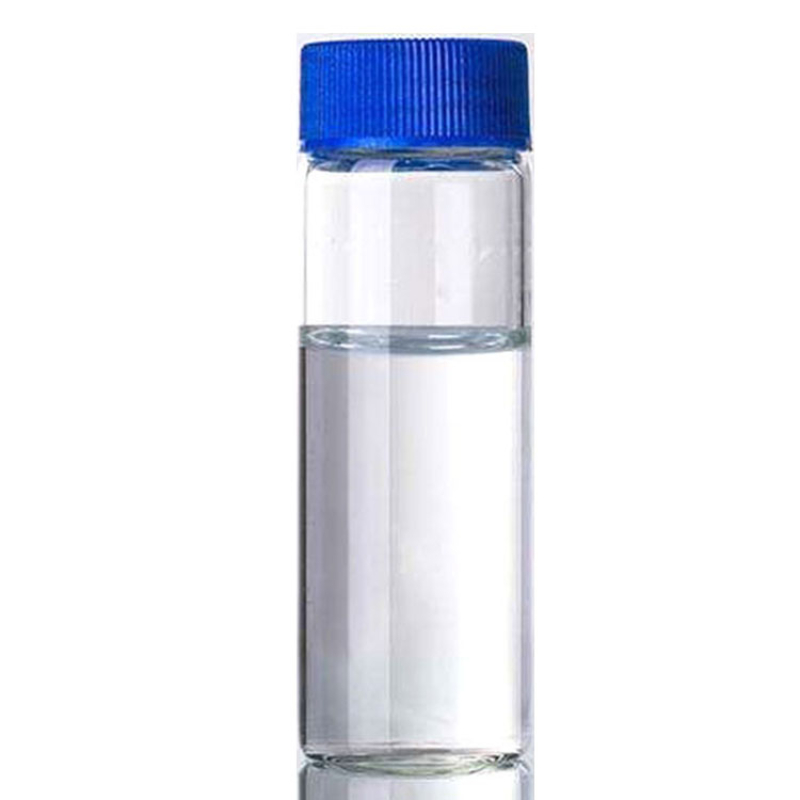Products Description of Styrenated phenol CAS#61788-44-1Light yellow to amber viscous liquid.
Contact Now
Products Description of 2,6-Di-tert-butylphenol CAS#128-39-2White or light yellow crystalline solid with phenol odor. Easily soluble in organic solvents such as alcohols, esters, alkanes, aromatic hydrocarbons, and almost insoluble in water.
Contact Now
Products Description of Phenol CAS#108-95-2Phenol, with the chemical formula 𝐶6𝐻5𝑂𝐻C6H6O, is a white crystalline substance known for its versatility and reactivity due to the hydroxyl group attached to the benzene ring. It serves as a key precursor in the synthesis of pharmaceuticals, including aspirin, and is integral to the production of resins, plastics, and synthetic fibers like nylon. Phenol's historical use as a disinfectant highlights its ability to denature proteins and disrupt cell membranes. It also plays a role in the detergent industry and analytical chemistry.
Contact Now
Products Description of Pyridine-2,6-dicarboxylic acid CAS#499-83-2Pyridine-2,6-dicarboxylic acid is an important pharmaceutical synthesis intermediate with a wide range of uses. Pyridine-2,6-dicarboxylic acid exists naturally in bacterial spores, but the content is low, which cannot meet the demand, and it is not easy to extract. It is not conducive to industrial production and application.
Contact Now
Products Description of 1-Hydroxyethylidene-1,1-diphosphonic acid CAS#2809-21-4Hydroxyethylidene diphosphonic acid, also known as HEDP, is a diphosphate compound used in detergents, water purification processes, cosmetics and pharmaceutical production.
Contact Now
Products Description of 1-(2,6-Dichlorophenyl)indolin-2-one CAS#15362-40-0Used as the intermediate of diclofenac1-(2,6-Dichlorophenyl)indolin-2-one Chemical PropertiesMelting point 115-119°CBoiling point 488.6±45.0 °C(Predicted)density 1.432±0.06 g/cm3(Predicted)storage temp. Sealed in dry,2-8°Csolubility Chloroform (Slightly), Methanol (Slightly)pka-4.85±0.20(Predicted)color Off-White to Light BrownBRN 1538309Stability:StabilityCAS DataBase Reference15362-40-0(CAS DataBase Reference)Safety InformationSafety Statements 24/25WGK Germany 3RTECS&n
Contact Now
Products Description of Para Chloro Phenol (4-Chloro Phenol) CAS#106-48-9Parachlorophenol, also known as 4-chlorophenol, is an organic compound with the chemical formula C6H5ClO. It is a white crystalline powder, slightly soluble in water, easily soluble in ethanol, ether, chloroform, and benzene.
Contact Now
Products Description of 2,4-Bis(phenylsulfonyl)phenol CAS#177325-75-6White powder2,4-Bis(phenylsulfonyl)phenol Chemical PropertiesMelting point 158 °CBoiling point 631.4±50.0 °C(Predicted)density 1.415±0.06 g/cm3(Predicted)pka4.17±0.43(Predicted)form powder to crystalcolor White to Almost whiteCAS DataBase Reference177325-75-6Factory and Equipment ShowFast delivery timeInventory 2-3 working days New production 7-10 working days
Contact Now
Products Description of PERKADOX PF-DBM25CAS#1931-62-0White powderPERKADOX PF-DBM25 Chemical PropertiesMelting point 130-131 °CBoiling point 260.8±42.0 °C(Predicted)density 1.185±0.06 g/cm3(Predicted)vapor pressure 0.147Pa at 25℃storage temp. Flammables areapka2.38±0.25(Predicted)Water Solubility 642mg/L at 20℃LogP0.9 at 30℃CAS DataBase Reference1931-62-0EPA Substance Registry System2-Propeneperoxoic acid, 3-carboxy-, 1-(1,1-dimethylethyl) ester, (2Z)- (1931-62-0)Safety InformationHazard Codes Xn-ORisk Statements 7-41-36/38-22Safety Statements
Contact Now
Phenol CAS# 108-95-2 Phenol is the easiest member of a classification of natural compounds possessing a hydroxyl team connected to a benzene ring or to a extra complicated fragrant ring system.Also recognized as carbolic acid or monohydroxybenzene, phenol is a colorless to white crystalline fabric of candy odor, having the composition C6H5OH, bought from the distillation of coal tar and as a derivative of coke ovens.Phenol has extensive biocidal properties, an
Contact Now
4-(1-Acetylpiperazin-4-yl)phenol CAS#67914-60-7Crystalline compound.
Contact Now
Products Description of 2,2'-[(1-Methylethylidene)bis[(dibromo-4,1-phenylene)oxymethylene]]bis[oxirane]-4,4'-(1-methylethylidene)bis[2,6-dibromophenol] copolymer CAS#68928-70-1Tetrabromobisphenol A-tetrabromobisphenol A glycidyl ether copolymer is widely used in flame retardant potting materials, flame retardant laminate adhesives, etc.
Contact Now
Products Description of Dimethyl thio-toluene diamine CAS#106264-79-3DMTDA is a new type of polyurethane elastomer curing crosslinking agent, which mainly contains two isomers, namely a mixture of 2,4- and 2,6-dimethylthiotoluenediamine (the ratio is about 77~80/17~20).
Contact Now
Products Description of Molybdenum trioxide CAS#1313-27-5Molybdenum trioxide is an inorganic compound with the chemical formula MoO3. It is mainly used to determine protein, phenol, arsenic, lead, bismuth, etc. It can also be used as a reducing agent for phosphorus pentoxide, arsenic trioxide, hydrogen peroxide, phenol and alcohols. It can also be used to prepare molybdenum salts and molybdenum alloys.On October 27, 2017, the World Health Organization's International Agency for Research on Cancer published a preliminary list of carcinogens for reference.
Contact Now
Products Description of Antioxidant 1330 CAS#1709-70-2Hindered phenol antioxidant 330 is a white crystalline powder with a melting point above 244°C. It is insoluble in water. Its solubility in some solutions at 18°C (g/100g solvent) is: benzene 20, dichloromethane 31.9, methylcyclohexane 1.7, methanol 0.2, isopropanol 0.1.
Contact Now
Products Description of Antioxidant 1330 CAS#1709-70-2Hindered phenol antioxidant 330 is a white crystal powder with a melting point above 244°C and is insoluble in water. The solubility (g/100g solvent) in certain solutions at 18°C is: benzene 20, methylene chloride 31.9, methylcyclohexane Alkane 1.7, methanol 0.2, isopropyl alcohol 0.1.
Contact Now
Products Description of Antioxidant 1010 CAS#6683-19-8Antioxidant 1010 is a macromolecular multifunctional hindered phenol antioxidant, soluble in benzene, acetone, chloroform, insoluble in water. It is non-polluting, non-coloring, low in volatility, and has good extraction resistance.It is widely used in polyethylene, polypropylene, polyoxymethylene, ABS resin, PS resin, PVC, engineering plastics, rubber and petroleum products, and has excellent antioxidant properties for polypropylene and polyethylene. It can effectively extend the service life of the product.1.
Contact Now
Products Description of Antioxidant CAS#27676-62-6 Antioxidant 3114 is a hindered phenol antioxidant with three functional groups. It is non-polluting and non-coloring. Due to its high molecular weight and melting point, it has extremely low volatility, low migration, good water extraction resistance, and can give plastics excellent resistance to thermal oxidation and light oxidation. This product can be used for polyolefin products that come into contact with food (can come into contact with fatty and non-fatty foods).
Contact Now
Products Description of O-Phenylphenoxyethyl Acrylate CAS#72009-86-0White powderO-Phenylphenoxyethyl Acrylate Chemical Propertiesvapor pressure 0Pa at 20℃Water Solubility 30mg/L at 20℃InChIInChI=1S/C17H16O3/c1-2-17(18)20-13-12-19-16-11-7-6-10-15(16)14-8-4-3-5-9-14/h2-11H,1,12-13H2InChIKeyVAZQKPWSBFZARZ-UHFFFAOYSA-NSMILESC(OCCOC1=CC=CC=C1C1=CC=CC=C1)(=O)C=CLogP3.68EPA Substance Registry SystemPoly(oxy-1,2-ethanediyl), .alpha.-(1-oxo-2-propenyl)-.omega.-([1,1'-biphenyl]-2-yloxy)- (72009-86-0)Factory and Equipment ShowFast delivery timeInventory 2-3 working days New production
Contact Now
Products Description of 4-AminophenolCAS#123-30-8Aminophenol is also known as hydroxyaniline and aminohydroxybenzene. There are three isomers, namely o-aminophenol, m-aminophenol and p-aminophenol (4-aminophenol). In 1874, Baeyer et al. first prepared p-aminophenol. Due to the different relative positions of the hydroxyl group and the amino group, the three are also different in terms of physical and chemical properties. This product is weakly alkaline, weakly acidic and strongly reducing. Because it has both amino and phenol groups, it has the common properties of both.
Contact Now
Products Description of Cyclohexanone 99.8%MIN CAS#108-94-1Cyclohexanone is an organic compound with the chemical formula C6H10O. It is a saturated cyclic ketone with a carbonyl carbon atom included in a six-membered ring. A colorless, clear liquid with an earthy odor and, when containing trace amounts of phenol, a minty odor. The impurities are light yellow and develop color as impurities are generated over the storage time. They are watery white to grayish yellow and have a strong pungent odor. When mixed with air the explosive pole is the same as an open chain saturated ketone.
Contact Now
Products Description of D(+)-Glucose CAS#50-99-7Glucose is a six-carbon sugar containing an aldehyde group with a molecular formula of C6H12O6. It is the most important monosaccharide in living organisms. Its main function is to provide energy required for physiological activities of the body. It is known that the complete oxidation of 1 mol of glucose releases energy of 2870kJ (686kCal), accounting for 70% to 80% of the total energy required by the body.
Contact Now
Products Description of D-(-)-ERYTHROSE CAS#583-50-6D-erythrose-4-phosphate is an intermediate in the enzymatic conversion of carbohydrates.D-(-)-ERYTHROSE Chemical PropertiesMelting point <25℃Boiling point 144.07°C (rough estimate)alpha D20 +1° -14.5° (3 days, c = 11)density 1.0500 (rough estimate)refractive index 1.498storage temp. 2-8°Csolubility Methanol, Waterform syruppka12.49±0.20(Predicted)color light yellowWater Solubility Fully miscible in water.Sensitive HygroscopicMerck 14,3690BRN 1721698CAS DataBase Reference
Contact Now
Products Description of D-(-)-PANTOLACTONE CAS#599-04-2Hygroscopic crystals (benzene/petroleum ether, or obtained by sublimation). Melting point 80 (92°C), boiling point 130°C/2.4kPa, easily soluble in water, soluble in ethanol, ether, chloroform, carbon disulfide, benzene.
Contact Now













![2,2'-[(1-Methylethylidene)bis[(dibromo-4,1-phenylene)oxymethylene]]bis[oxirane]-4,4'-(1-methylethylidene)bis[2,6-dibromophenol] copolymer CAS#68928-70-1](https://d3rnfhc14zcmdf.cloudfront.net/cdn/ff/4aHmJfFwYpEABMbnR7HTG1yocAzE1PHApY-zrZ-DCjo/1717752361/public/styles/chanpinzhutu/public/2024-06/%E6%97%A0%E8%89%B2%E6%B6%B2%E4%BD%93%20%283%29%20-%20%E5%89%AF%E6%9C%AC_5.jpg?itok=G1rPjRBd)





















